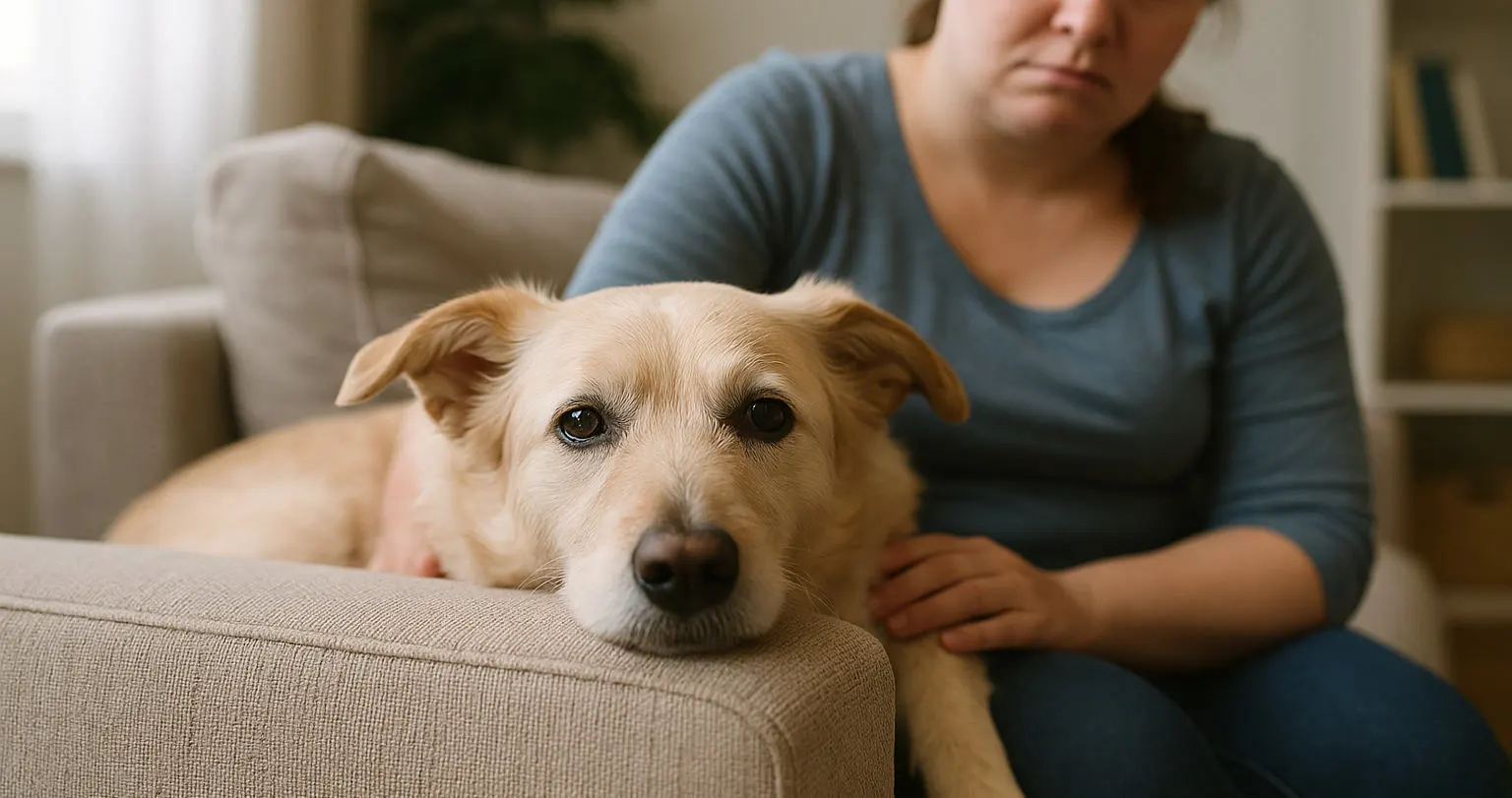
More pets are showing signs of separation anxiety than ever before. With post-pandemic routines bringing owners back to work and school, many pets are struggling to cope with sudden alone time.
If your dog or cat seems overly distressed when you're gone — barking, pacing, chewing, or eliminating indoors — it might not be bad behavior. It could be separation anxiety, and the good news is that there are solutions.
Separation anxiety often results from changes in routine, lack of socialization, or a traumatic event such as rehoming or a long absence.
Managing anxiety takes patience, consistency, and sometimes a bit of creativity. Here are the most effective solutions pet parents swear by:
Designed to mimic the comfort of a mother’s fur, these beds help reduce stress and provide a secure place to rest — like the Best Friends by Sheri Calming Donut Bed.
Products like the ThunderShirt apply gentle pressure that has a soothing effect, similar to swaddling a baby.
Look for vet-approved chews or drops with ingredients like L-theanine, melatonin, or chamomile.
Keep your pet occupied and mentally stimulated while you’re away with slow-dispensing feeders and treat puzzles.
Practice leaving your pet for short periods and gradually increase the time. Always return calmly to avoid reinforcing stress.
If symptoms persist or worsen, it’s best to consult your vet or a certified animal behaviorist. Some pets may benefit from prescription medications in severe cases.
Separation anxiety is real — and treatable. With the right combination of comfort tools, routine, and training, your pet can regain confidence and calmness even when you're not around.
Explore our recommended calming products and help your furry friend feel safe and secure today.